- [email protected]
- +86 312 590 7069 / +86 318 769 1559
+86 155 1129 3350
I wonder if everyone has noticed that there is an abundance of new materials emerging nowadays. Even the ones we already had can be used in innovative ways. Take, for example, metal wire mesh, which can be utilized as both a construction material and a decorative material. In recent years, the popular application of Architectural Wire Mesh in design has been increasing significantly. It can be employed for curtain walls, interior partitions, suspended ceilings, wall finishes, and more.
Due to its frequent use in architectural decoration, architectural wire mesh is also referred to as Decorative Wire Mesh. In today's article, we will discuss the relevant aspects of Architectural mesh and address the following questions:
1. What are the types and characteristics of architectural wire mesh?
2. What is the installation node of architectural wire mesh during construction?
The reason why Architectural wire mesh is widely used is not only because it is flame-retardant, light-shielding, breathable, and has a strong decorative effect, but also has the characteristics of easy installation, easy cleaning, and durability. According to the form, it can be divided into Decorative Woven Wire Mesh, Decorative Cable-Rod Woven Mesh, Metal Mesh Curtain, Decorative Expanded Metal Mesh, etc.
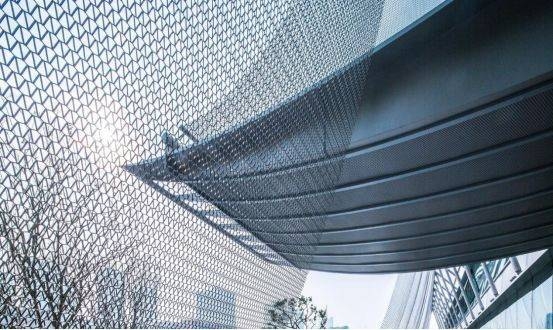
Metal woven wire mesh is made of metal rods or metal ropes. According to the weaving form of the fabric, various patterns are formed by horizontal metal rods passing through vertical metal ropes. The materials used include stainless steel and high-strength corrosion-resistant chrome steel. and other metals.
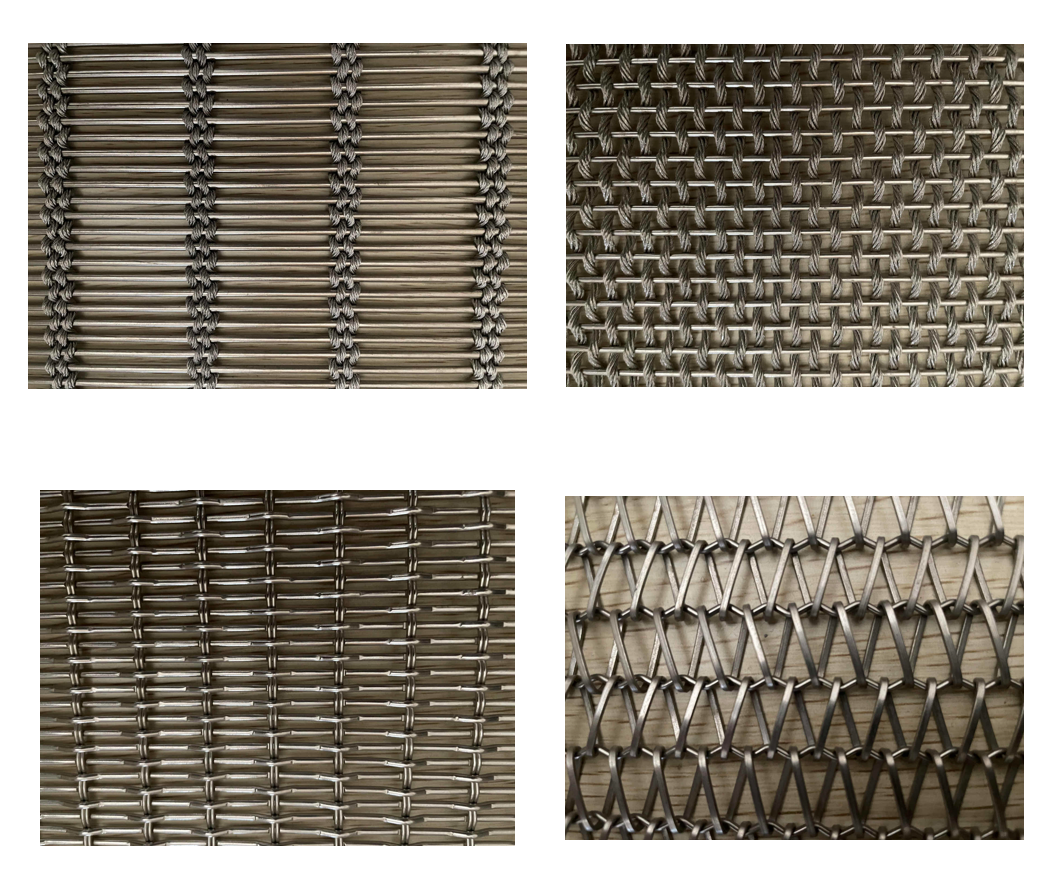
This kind of metal woven wire mesh has a wide range of applications and good decorative effects, and has become the new favorite of mainstream architectural decoration art.
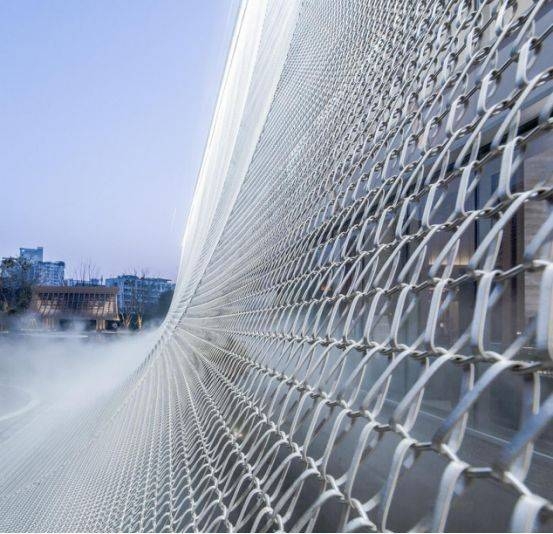
Metal coil drapery is made of metal wire in the form of spiral weaving. The surface of the coil drapery can be the original color of the metal, or it can be processed into other metal colors such as bronze and gold.
It can be used for the curtains of high-end buildings, the screen decoration of luxurious living rooms, as well as the interior and exterior decoration of star hotels and high-end office buildings, etc., and it will look more resplendent under the light.
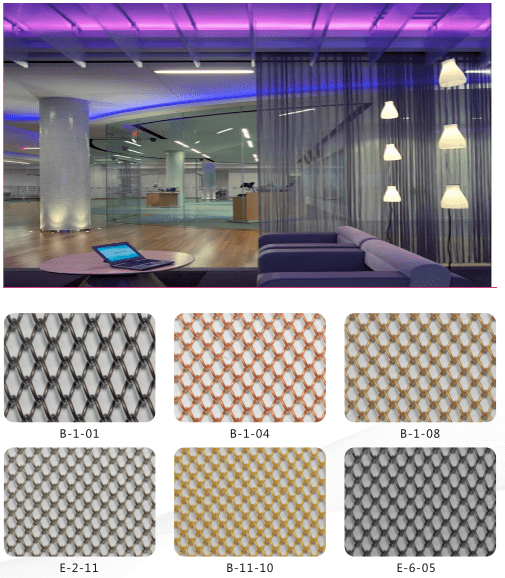
Decorative Expanded Metal Mesh is formed by cutting and stretching a metal plate. The surface of Expanded Metal can be powder sprayed, fluorocarbon paint, etc.
It can be used for ceiling decoration or screen partition in luxury hotels, star hotels, large shopping malls, high-end office buildings, etc. It is beautiful and generous, and is deeply loved by designers.
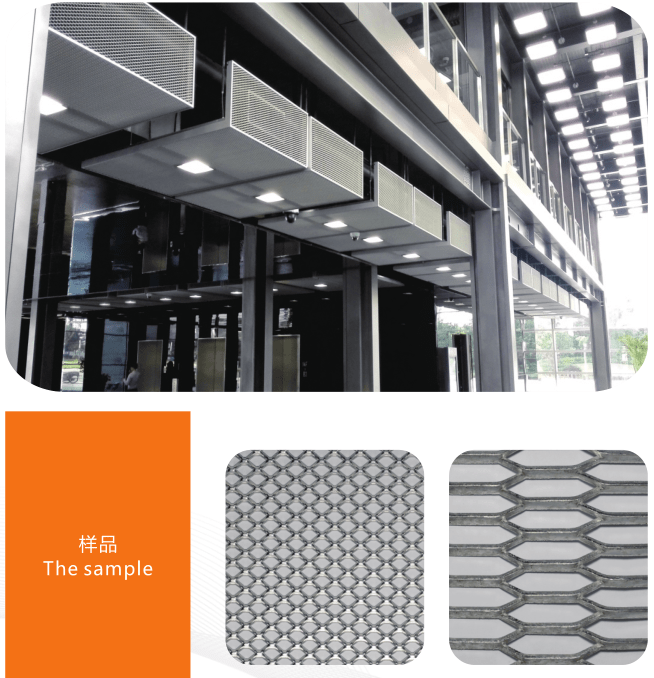
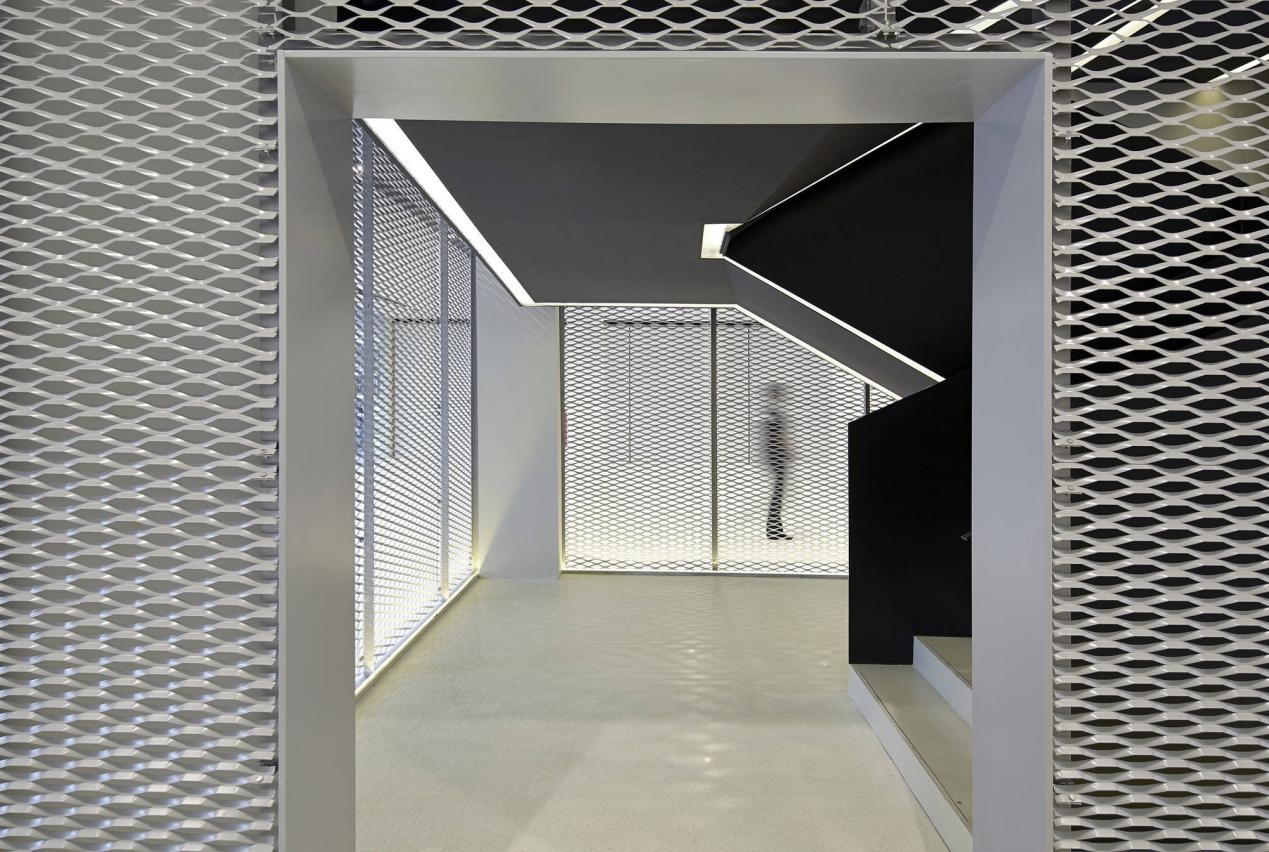
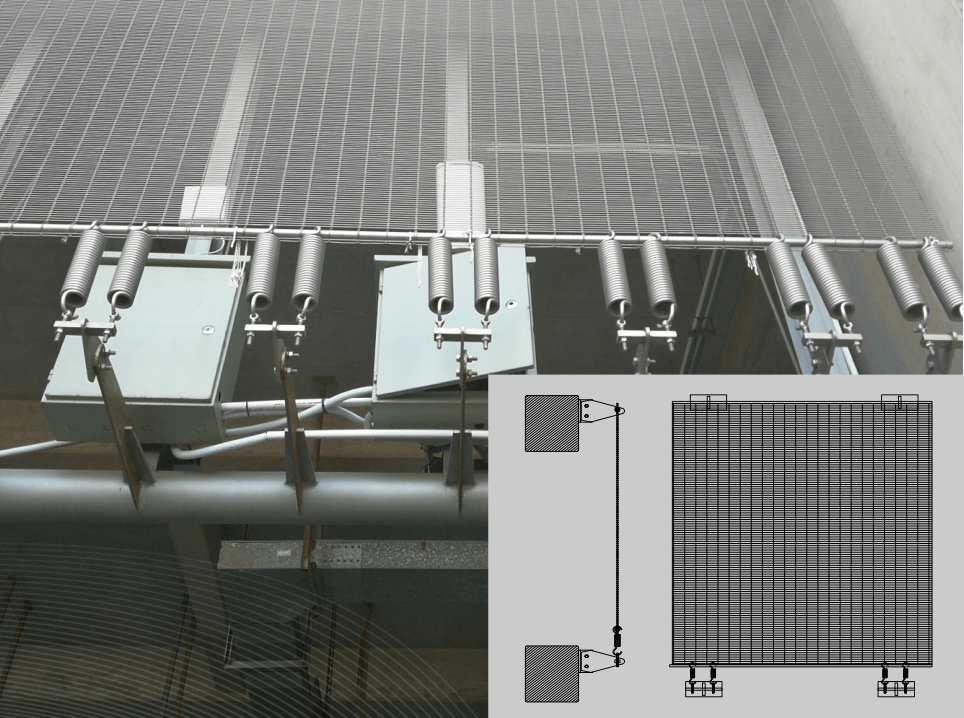
The installation of Architectural wire mesh on the exterior curtain wall must first install the pendants and supports of the mesh. When the length of the Architectural wire mesh is > 5m, wind bracing must be added.
Fixing method: Pull out several horizontal stainless steel round rods at the upper end of the Architectural wire mesh, insert a steel rod in the middle of the wire rope, and hang it on the installed pendant.
The lower end of the Architectural wire mesh is also threaded through the steel rod, pulled down with a high-strength tension spring or a sleeve rod, and fixed to the supporting connector.
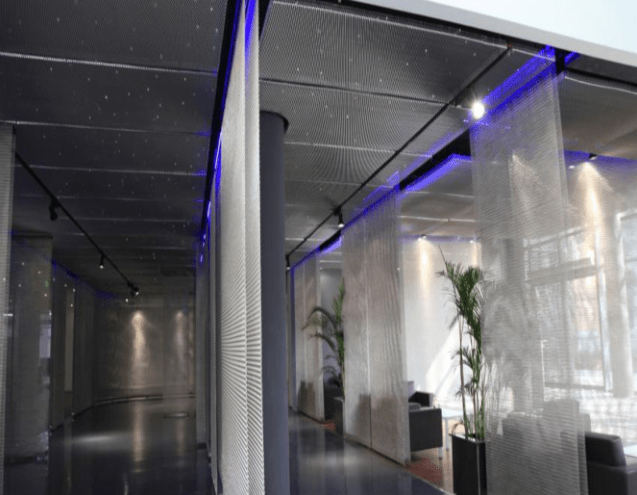
When the conveyor belt is installed, the upper and lower steel pipes can be drilled with the same pitch. After the conveyor belt is put into the hole, a steel rod is inserted to complete the connection, and the upper and lower steel pipes can be tightened and fixed.
Another way is to wear a steel rod at the upper and lower ends, and then connect it to the pendant with a lifting ring with the same pitch, and then tighten it up and down to fix it.
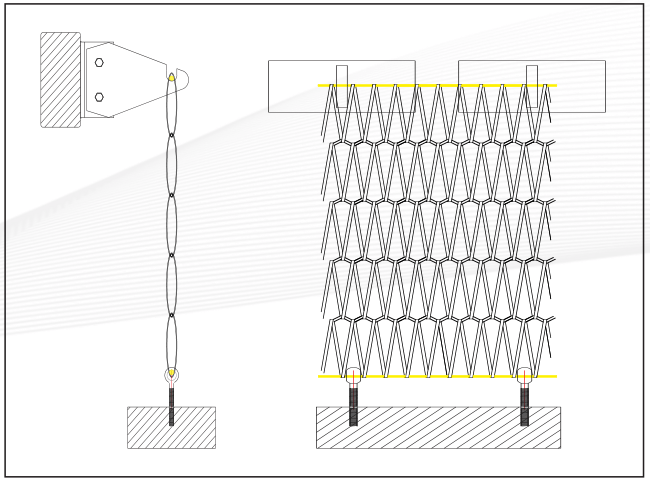
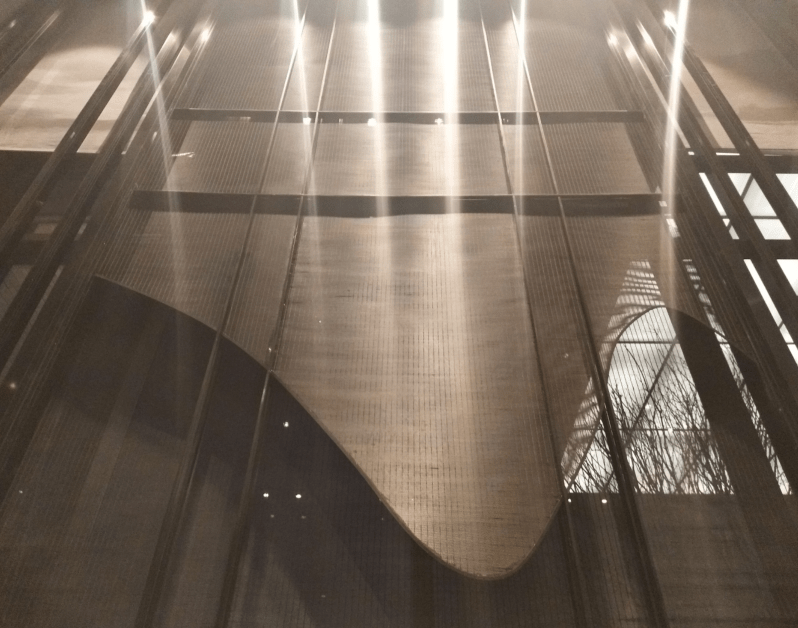
Like the mountain-shaped texture overlapping metal screen in the picture above, the specific method is as follows:
First, make the large frame of the screen, weld and polish the 45° to 45° angle, and then weld the first layer of the screen.
Secondly, print the mountain-shaped lines after deepening according to the original design drawing, divide the mountain-shaped lines into sections of curves according to the width of the mesh, cut the mesh into mountain-shaped shapes and send them to the site for installation.
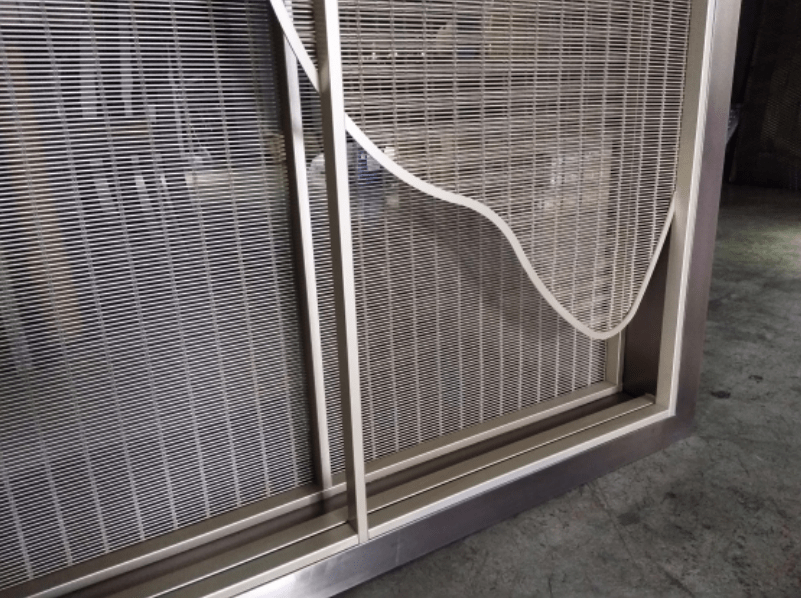
Then weld the second and third layers of the screen, and finally complete the installation of the second layer of gable mesh and the fourth layer of the skeleton.
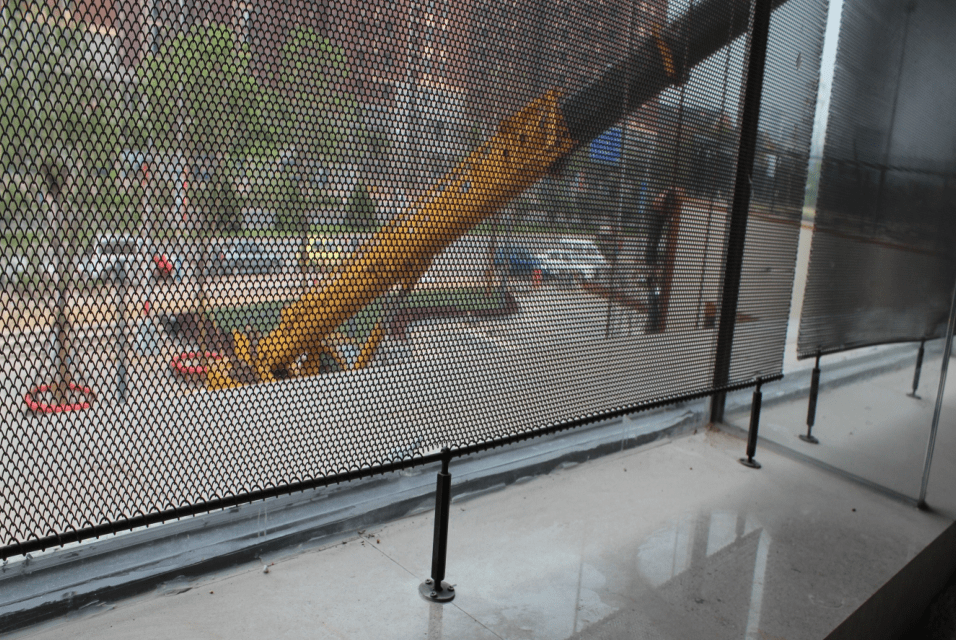
When installing the metal partition mesh, connect a flat spring with the same pitch at the upper and lower ends of the wire mesh, and then connect the flat spring to the flat steel with holes of the same pitch, and tighten the upper and lower two flat steel to achieve tension. For the effect of the wire mesh surface, the flat steel can be fixed up and down in turn.
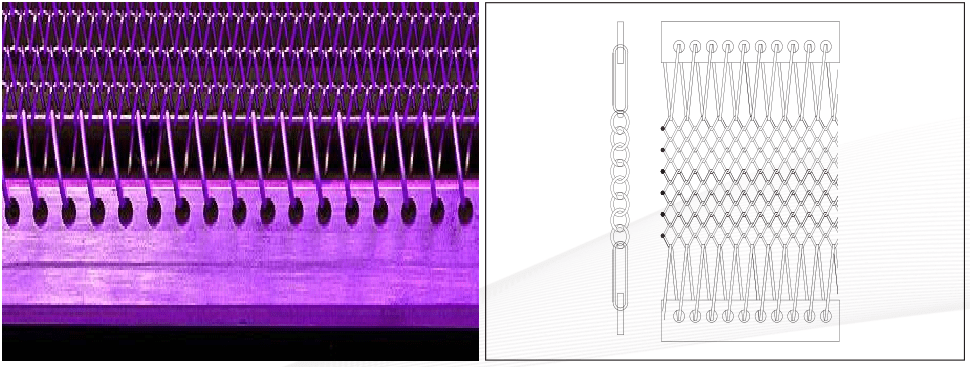
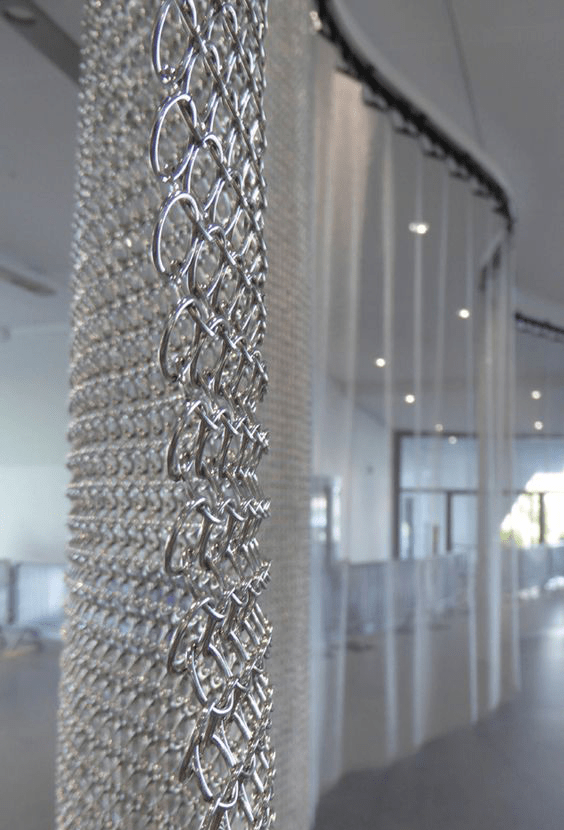
When installing the vertical curtain, reserve a good space according to the size. Install metal chains and pulleys in sequence on the upper end of the vertical curtain. The distance between the pulleys is 15~20cm. After fixing the track to the ceiling, insert the pulleys in turn.
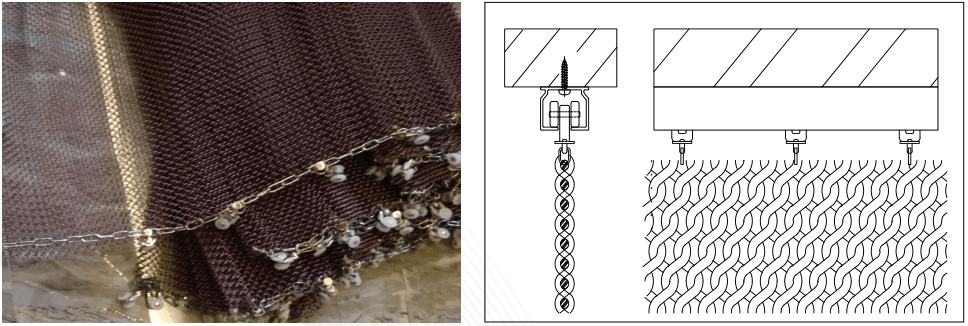
When installing the expanded metal mesh ceiling, first install the keel according to the elevation required by the drawing, adjust the straightness by laser setting out left and right, and then use self-drilling screws to fix the keel and the ear pieces on the frame together.
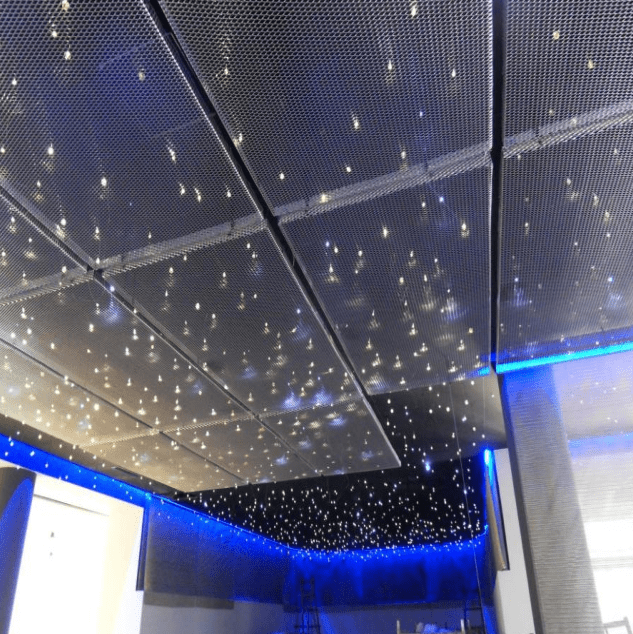
When producing architectural cable wire mesh, it is necessary to calculate the number of mesh holes according to the size of the drawing, connect the rope heads at both ends of the stainless steel rope mesh, and insert frames or stainless steel cables around them when installing on site (install positive and negative cables at both ends threaded joints).
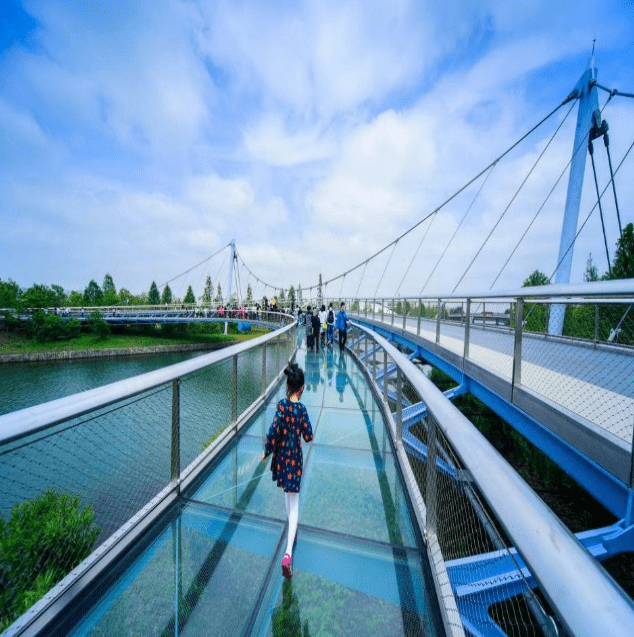
Afterwards, slowly tighten until the diamond-shaped mesh at an angle of 60 degrees is the ideal tension level, and then reinforce the surrounding frames or stainless steel cables and other accessories.
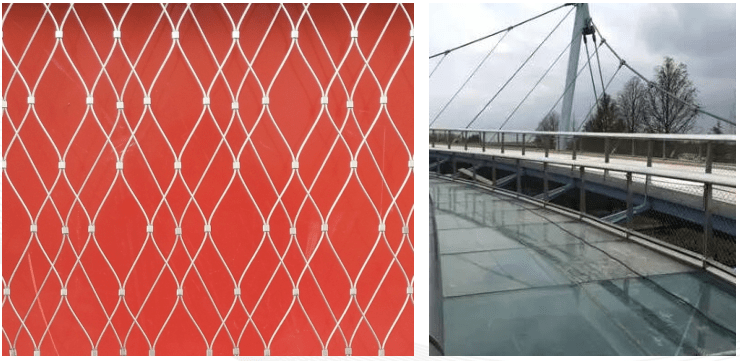
Well, that's all about the categories, characteristics and installation methods of Architectural wire mesh. Here is just a brief explanation for everyone. If you are interested in BZWIREMESH products, you can contact us at any time!